Rivet welding technologyInnovation: from traditional processes to modern hybrid solutions
1 Overview and classification of riveting technology
Riveting has been developed for centuries as a classic mechanical joining technique. Traditional riveting creates a mechanical locking at the connection site through plastic deformation to achieve the transfer of force. With technological progress, especially the emergence of new technologies such as stirring friction riveting welding, riveting welding has developed from a purely mechanical connection to a hybrid connection technology combining mechanical locking and metallurgical bonding.
Modern riveting technology can be based on the form of riveting and rivet structure, mainly divided into self-riveting stirred friction riveting and self-pierce spinning riveting two categories. In self-riveting stirred friction riveting, no pre-made rivets are used for the connection of plates of dissimilar materials. In the lower plate prefabricated holes of the appropriate shape, with the stirring head movement, the upper material in the friction under the action of heat softening and extrusion downward flow, into the lower plate prefabricated holes to form a similar rivet structure. And the process of self-pierce spin riveting mainly includes four stages: rivet point seeking, stirring self-tapping holes, stirring deformation locking and emergency stop solid welding.
2 Friction Stir Rivet Welding Technology Details
2.1 Stirring Frictionrivet weldingPrinciples and Processes
Stir friction rivet welding technology is an emerging technology to stabilise the connection of dissimilar materials, which adopts the rotational friction of rivets to generate heat, while retaining the deformation locking and solid-phase welding characteristics of rivet welding technology. Regarding friction stir riveting welding, there have been related researches in various universities at home and abroad, but the focus is on the organisation and mechanical property characterisation of friction stir riveting welded joints as well as the analysis of failure forms.
Haris et al. studied the micro-stirred friction rivet welding technique to connect multilayer Al/Cu ultra-thin plates, and the test results showed good interlayer bonding and the existence of nanoscale diffusion layer.William studied the double-sided stirred friction self riveting welding technique, and the test in the pre-fabricated holes to form a continuous rivet-like connecting joints, joints not only to form a metallurgical combination of the material level, but also in the riveting weld joints in the lower part of the formation of an effective mechanical locking. The joint not only formed a metallurgical bond at the material level, but also formed an effective mechanical lock at the lower part of the rivet weld head.
2.2 Joint form and bonding mechanism of stir friction rivet welding
The joint forms of stirred friction riveting can be subdivided into four types depending on the form of riveting as well as the structure of the rivet: stirred friction blind riveting technology (FSBR), stirred spin riveting (FSPR), rotary friction drilled riveting (RFDR) and rotary friction pressure riveting (RFPR).![图片[1]-Innovations in rivet welding technology: from traditional processes to modern hybrid solutions (microstructure-property relationships in the rivet-welded head region)-Dalian Fuhong Machinery Co., Ltd](https://endlfh.com/wp-content/uploads/2025/09/QQ20250829-200803-800x679.png)
Typical stir friction self riveting weld fittings differ in construction from self-pierce spin riveting stir friction riveting weld fittings. When joining aluminium alloys to steel by friction stir rivet welding technology, the aluminium plate is usually placed on top and the steel plate on the bottom. Generally, holes of a certain shape are prefabricated in the steel plate in order to form a strong rivet-like joint after riveting. According to the research results of Huang et al, in the process of welding aluminium alloy and steel by stirring and friction self riveting welding, the sequence of material filling follows the following law: firstly, the aluminium alloy deformed at the tip of the rivet, secondly, the aluminium alloy stirred in the stem of the rivet, and lastly, the aluminium alloy pressed in due to the feeding of the rivet.
3 Relationship between microstructure and properties in the riveted welded joint region
3.1 Microstructural characteristics of the joint area
The study of the microstructure of the friction stir rivet welded joint region can promote a deeper understanding of the tissue-property relationship, thus further controlling the overall performance of friction stir rivet welded joints.
According to the organisational evolution law, the stirring friction self-riveting welding head region can be divided into the stirring region (SZ) or welding block (WNZ), the thermo-mechanical influence zone (TMAZ), the plastic deformation metal flow zone (PDZ) or the self-riveting region (SRZ). Compared with the matrix organisation, the SZ region is significantly finer, with the finest grains and a microstructure of fine equiaxial crystals, while the PDZ region is significantly coarser but finer than the matrix, with coarser equiaxial crystals, and the TMAZ region is finer and the grains are significantly deformed due to the effects of mechanical stirring.
3.2 Intermetallic compounds at the interface and their effects
At the interface of aluminium alloy and steel friction stir riveting welding, FexAly (x<y) type intermetallic compounds are easily formed, which is harmful to the performance of the joint.Huang et al. showed that the interface of aluminium alloy and steel friction stirring riveting welding is smooth and tightly bonded, and there are no obvious cracks, holes and other defects were found.The results of the TEM inspection showed that the intermetallic compounds generated are Fe4Al13.Sun et al. detected flaky Fe2Al5 and diffusely distributed lumpy FeAl6 at the interface of 6061 aluminium alloy and low carbon steel. et al. detected flaky Fe2Al5 and diffusely distributed massive FeAl6 intermetallic compounds at the interface between 6061 aluminium alloy and mild steel stir friction rivet welding.
Numerous studies have shown that the formation of Al-rich intermetallic compounds such as Fe2Al5 and FeAl3 negatively affects interfacial bonding as well as joint strength compared to the formation of Fe-rich intermetallic compounds such as FeAl and Fe3Al. This finding provides an important direction for optimising the rivet welding process.
4 Rivet Welding ProcessOptimisation and Performance Improvement Strategies
4.1 Optimisation of process parameters
The riveting process parameters have a decisive influence on the quality of the joint. In self-pierce spin riveting, the root cut d (the radial distance from the interface of the rivet and plate bond to the tip of the rivet), the rivet depth h (the depth of the rivet into the lower plate), and the inter-plate distance between rivets close to the rivet stem are all critical parameters. In general, larger root cuts and rivet depths indicate stronger mechanical locking co-operation, whereas larger values of δ signify reduced rivet depth and weakened mechanical locking co-operation.
Wang Xijing et al. investigated the effect of two joint forms of implanted stirred friction rivet welding on the performance, and the experimental results showed that the joint form with a nail cap on the backside had the aluminium column sheared into two parts along the interface during the stretching process, whereas the joint form without a nail cap on the backside had the aluminium column pulled out directly from the hole during the stretching process. Therefore, in order to achieve mechanical locking of the rivets, i.e. to form a nail cap structure, a suitable matching mould needs to be placed underneath the prefabricated holes, which places more stringent requirements on the placement and space of the rivets.
4.2 Material optimisation and surface treatment
The performance of rivet welded joints can be significantly improved through material optimisation and surface treatment. The addition of Zn or the use of galvanised steel in the friction stir rivet welding of aluminium and steel will promote the formation of Al-Zn intermetallic compounds and reduce the formation of harmful Fe-Al intermetallic compounds.
The microstructure evolution of self-pierce spin riveted AA611 aluminium alloy and galvanised steel rivets has been observed and characterised by Min et al. The joint area can be divided into three typical regions according to the microstructure evolution, all of which are distributed in a circular arc centred on the rivet: region X (>773 μm from the edge of the rivet), region A (within the range of 363~773 μm from the edge of the rivet) and region B (within the range of 88~363 μm from the edge of the rivet). Different regions have different grain boundary characteristics and grain refinement, reflecting different thermo-mechanical histories.
5 Prospects for the application of riveting welding technology and development trend
5.1 Prospects for use in joining dissimilar materials
With the increasing demand for lightweight as well as energy saving in the industrial field, the application of aluminium and magnesium alloys is in increasing demand, while aluminium and magnesium alloys alone have low strength and stiffness, and need to be used in combination with high-strength materials such as steel. Therefore, the connection of dissimilar materials, especially the connection of lightweight alloys such as aluminium alloys and magnesium alloys with steel is particularly important, focusing on the need to solve the problem of combining dissimilar materials with high strength and high precision.
Traditional methods of joining dissimilar materials include riveting, welding and gluing, but there are many drawbacks in these methods, such as poor universality, poor strength and stability of the connection, and difficulty in controlling accuracy. Emerging technologies such as stir friction riveting and welding provide effective solutions to these challenges, especially in high-end manufacturing areas such as automotive, aerospace, etc., demonstrating broad application prospects.
5.2 Trends in technology development
The future development of riveting technology will pay more attention to process precision, efficiency improvement and adaptability expansion. On the one hand, the consistency of joint quality will be improved through the precise control of process parameters and the strengthening of process monitoring; on the other hand, the production efficiency will be improved and the production cost will be reduced through the innovation of equipments and the optimisation of processes.
Digitalisation and intelligence are also important directions in the development of riveting technology. Through the integration of sensors, data analysis and control systems, real-time monitoring and adaptive control of the riveting process can be realised to ensure the stability and reliability of joint quality. At the same time, process optimisation based on digital twin technology will also become an important means to improve the quality of riveting welding

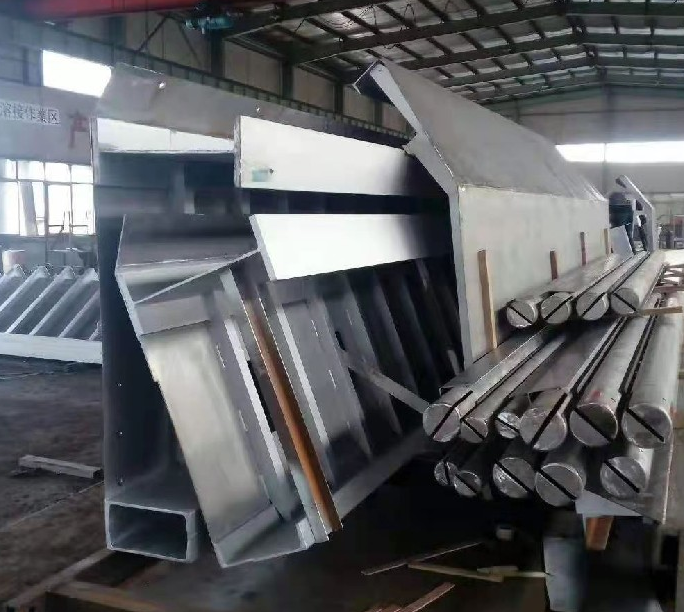


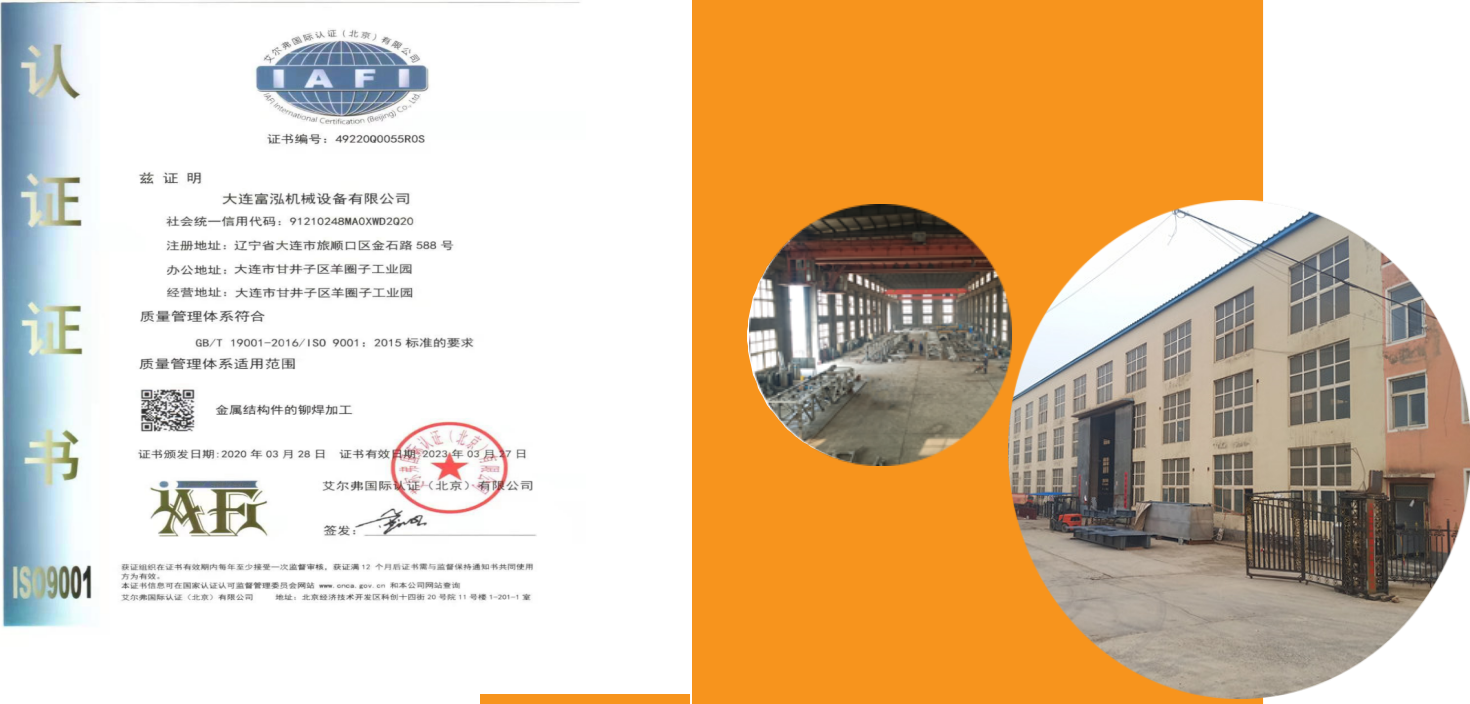
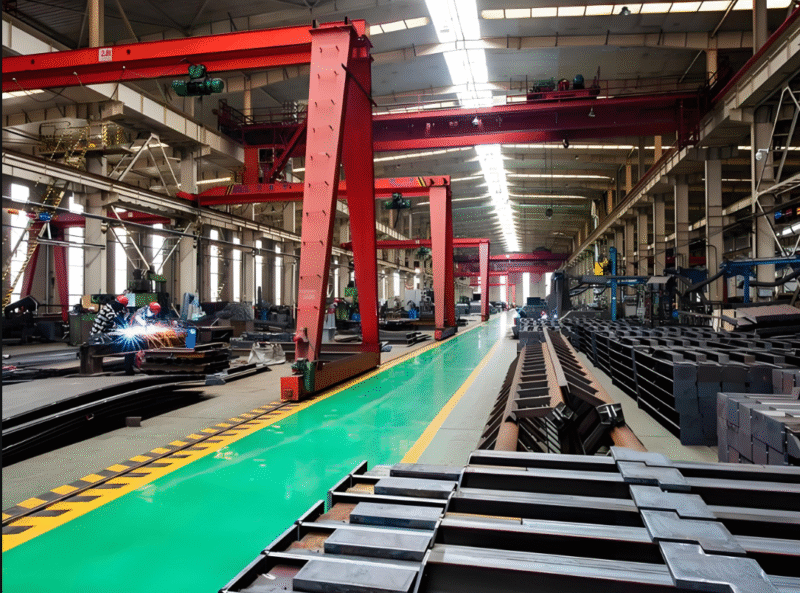

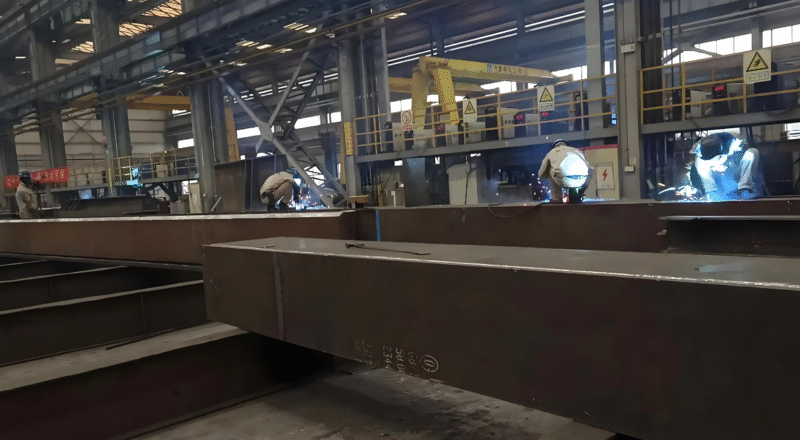
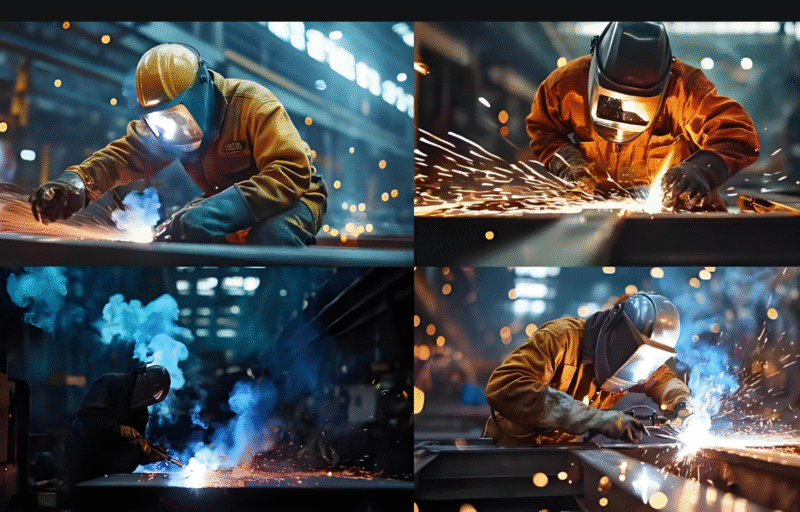

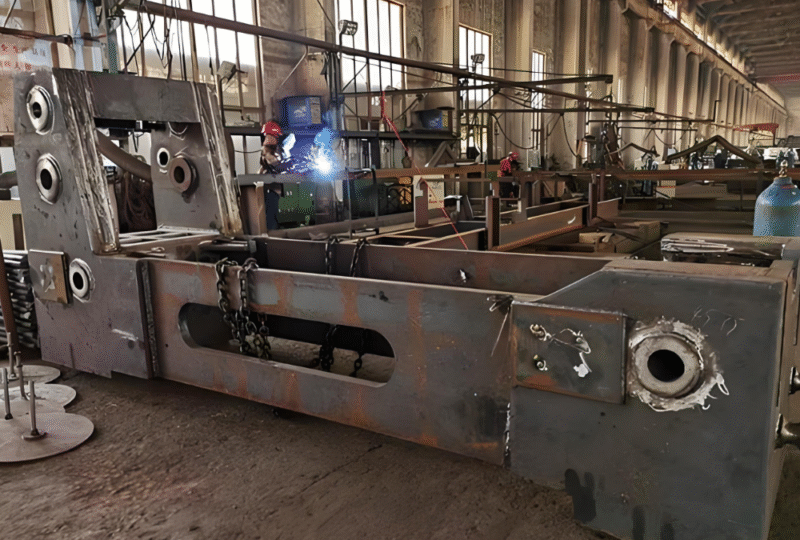

暂无评论内容